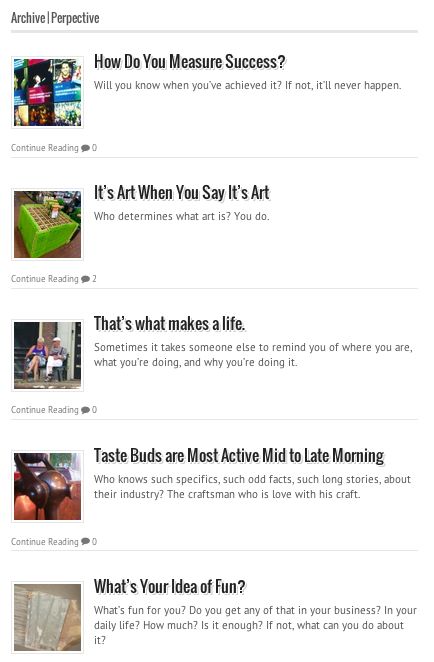Posts are the backbone of a WordPress site. Pages are important, but posts are what make–or break–the site.
One easy way to think about what’s a post (versus what’s a page) is that posts are something you’ll have a lot of or that you can count. For example, articles, reviews, and blog posts should all be posts.
Posts can also be categorized, tagged, sorted, ordered, grouped, and, depending on your plugins, code or theme, be displayed in a multitude of layouts.
One note on how the URL is displayed for your posts. If you’re using a permalink structure that puts the category before the post name (e.g. yourdomain.com/categoryname/postname) and then you change the category later, your URL will change. Usually, WP is pretty smart and will guide the visitor to the right page, but it might not. I prefer to always just use the “post name” permalink structure which doesn’t use categories but rather just the domain name and then the “slug” of the post (e.g. yourdomain.com/postname). That way, you’re sure that your URL for that post will stay the same for as long as your site exists–as long as you don’t change it manually.
One important feature of a post is the excerpt. This is what visitors will usually see on an archive or category page. It’s a good habit to get into as it also reminds you to summarize your post.

Posts, pages, categories, tags … when do you use which?


[…] WordPress Posts (Oct 14) […]